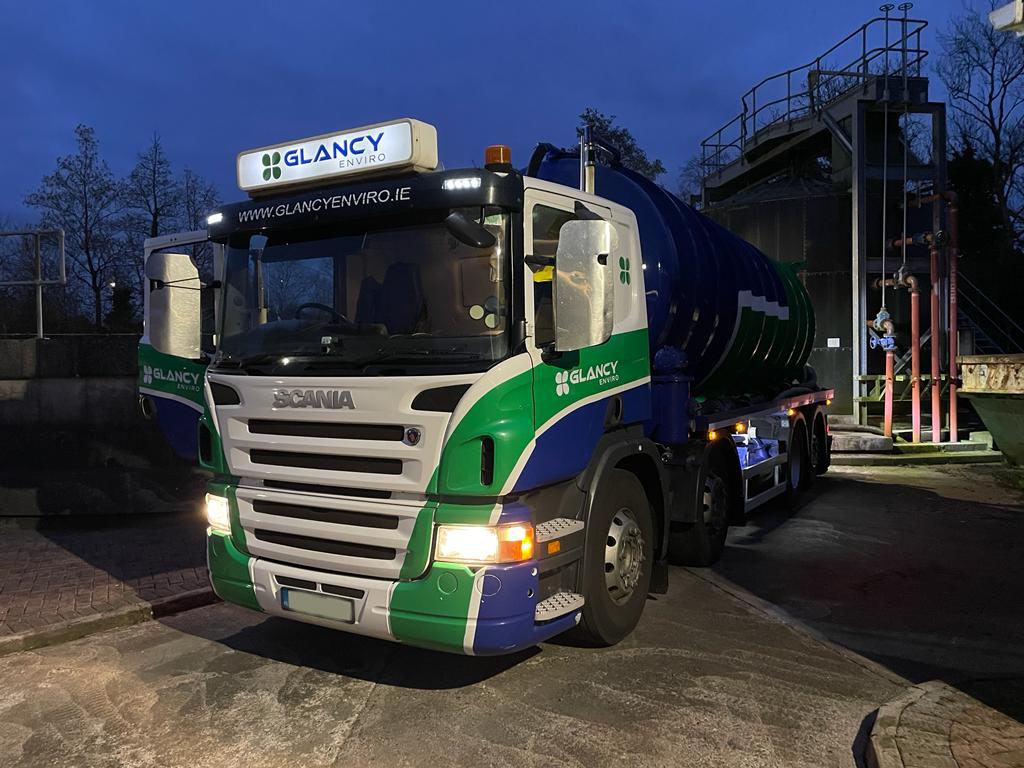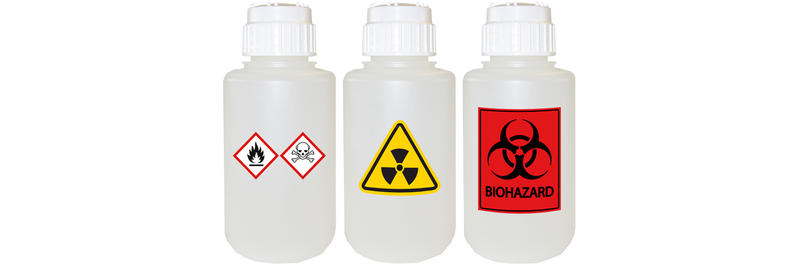4 Simple Techniques For Reclaim Waste
4 Simple Techniques For Reclaim Waste
Blog Article
Rumored Buzz on Reclaim Waste
Table of ContentsGetting The Reclaim Waste To WorkThe Greatest Guide To Reclaim WasteEverything about Reclaim WasteReclaim Waste Fundamentals ExplainedThe smart Trick of Reclaim Waste That Nobody is Talking About
Check out the kinds, incidents, and forms of fluid waste. Domestic sewer waste refers to the waste and items from a property sewage-disposal tank. This sort of waste is created by human beings in homes, colleges, and other structures. This only includes septic containers that have a drain area. The proper monitoring and disposal of domestic sewer waste require liquid waste to be moved to a sewer treatment plant where the appropriate methods and devices are put on purify and deal with waste.
Industrial waste commonly consists of prospective dangers, such as flammable products or a mix of fluid and strong waste items, and requires an advanced and detailed disposal process. The disposal of business waste generally includes the purification of waste prior to transport to ensure secure and appropriate disposal. Hazardous waste is developed from byproducts and runoff of commercial procedures and manufacturing.
This kind of waste can not utilize the exact same sewer monitoring transport or procedures as septic or business fluids. The hazardous waste monitoring procedure calls for the inspection and screening of fluid waste prior to it undertakes the disposal procedure (liquid waste disposal melbourne). Overflow waste is the liquid waste that originates from drainage and excess stormwater in very inhabited areas or cities
Overflow waste can cause contamination and flooding if not taken care of properly. Making certain appropriate waste management can protect against catastrophes and decrease ecological harm.
Our Reclaim Waste Statements
Contact PROS Services today to discover concerning our waste management and disposal solutions and the correct ways to take care of the fluid waste you produce.
(https://blogfreely.net/reclaimwaste1/yc311a58b1)Do you understand what happens to your water when you draw the plug, flush the bathroom or drain the cleaning machine? No? Well, it's worth recognizing. This so-called 'wastewater' is not just an important source but, after therapy, will be launched to our land, waterways or the sea. Used water from commodes, showers, baths, kitchen area sinks, washings and industrial procedures is known as wastewater.

water utilized to cool down machinery or clean plant and devices). Stormwater, a kind of wastewater, is runoff that flows from farming and city locations such as roofing systems, parks, gardens, roads, courses and reference seamless gutters into stormwater drains, after rain. Stormwater streams without treatment straight to neighborhood creeks or rivers, ultimately getting to the sea.
Excitement About Reclaim Waste
In Queensland, the majority of wastewater is dealt with at sewer therapy plants. Wastewater is delivered from residential or commercial sites with a system of drains and pump stations, called sewerage reticulation, to a sewage therapy plant. Neighborhood federal governments develop, preserve and operate most sewage therapy plants. Operators are accredited under the Environmental Defense Act 1994 to release cured wastewater at an acceptable ecological criterion right into waterways.
The Division of Natural Resources suggests city governments about handling, operating and preserving sewerage systems and therapy plants. In unsewered areas, local governments may require owners to set up individual or house sewer treatment systems to deal with domestic wastewater from bathrooms, cooking areas, bathrooms and laundries. The Division of Natural Resources authorises the use of family systems when they are verified to be reliable.
The majority of stormwater receives no therapy. In some new subdivisions, therapy of some stormwater to eliminate trash, sand and crushed rock has begun making use of gross pollutant catches. Wastewater treatment takes place in four phases: Removes strong matter. Bigger solids, such as plastics and other items wrongly released to sewers, are gotten rid of when wastewater is passed with displays.
Utilizes small living microorganisms recognizes as micro-organisms to break down and eliminate staying liquified wastes and great particles. Micro-organisms and wastes are incorporated in the sludge.
Some Ideas on Reclaim Waste You Need To Know
Nutrient removal is not offered at all sewer treatment plants because it calls for pricey specialist tools. Clear liquid effluent created after treatment might still include disease-causing micro-organisms - industrial wastewater treatment.

This usually means wastewater has actually to be dealt with or pollutants eliminated prior to it can be released to waterways. Most wastewater flows right into the sewerage system. Under the Act, city governments provide approvals and permits for eco appropriate activities (Ages) entailing wastewater launches that may have a regional impact. The department provides approvals and licences to Ages involving wastewater releases that might have a local or statewide impact.
The Best Strategy To Use For Reclaim Waste
Tracking offers factual info regarding water quality and can confirm that permit problems are being met. The information obtained via surveillance supplies the basis for making water quality decisions.
Report this page